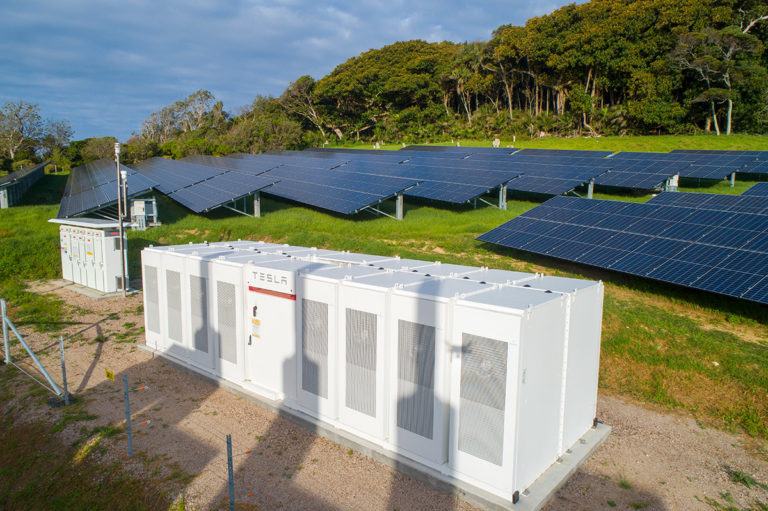The Role of Microgrids in Enhancing Energy Resilience: A 2025 Perspective
At-a-Glance
- Story Hook: How MWC’s latest microgrid project development kept a hospital’s ICUs running through back-to-back storms
- Innovations: From AI-driven controllers to hybrid energy storage solutions
- Incentives & Policy: Leveraging the microgrid controller tax credit, FERC Order 2222 explained, and state resilience grants
- Why It Matters: Real outcomes for hospitals, military bases, campuses, and communities
A Real-World Resilience Story
Late in 2024, when a series of severe winter storms knocked out multiple transmission lines across three counties, Mountain West Consulting sprang into action. We had spent the previous year co‑designing a microgrid project with a regional utility to serve a Medical Center. As power from the main grid dwindled and pressure on backup generators grew, our microgrid seamlessly transitioned into island mode.
For over 48 hours, critical systems—including ICU ventilators, neonatal incubators, and refrigerated medication storage—remained fully powered. Our AI‑driven controls continuously optimized solar and battery output, while automated alerts kept hospital engineers informed of system status in real time. When a backup generator required maintenance, energy storage picked up the slack without interruption.
This wasn’t just engineering on paper—it was real energy resiliency in action, ensuring that no patient, nurse, or doctor lost life‑dependent support when they needed it most.
When Power Means Life
Hospitals: Keeping Life-Saving Systems Online
ICU ventilators hum steadily, delivering critical breaths to patients, while refrigeration units maintain precise temperatures for life-saving medications and blood supplies. During the multi-day outage, our microgrid—powered by rooftop solar arrays and a high‑capacity battery bank—switched into island mode without a hitch.
- Adaptive Energy Management: As clouds passed overhead, automated software rerouted power from batteries to critical equipment. When the sun peeked through again, solar panels replenished the batteries, preparing for the next storm surge.
- Continuous Monitoring: Real‑time dashboards in the hospital’s control room displayed active power flows, with automated alerts notifying on‑site engineers of any voltage deviations. This allowed rapid adjustments without manual intervention.
- Fail‑Safe Redundancies: A brief generator outage for routine maintenance was seamlessly bridged by stored energy—no alarms, no flickers, no data loss in life‑support systems or pharmacy refrigeration.
By engineering these redundancies, MWC’s microgrid project development ensured that physicians, nurses, and support staff never had to worry about power constraints, allowing them to focus solely on patient care.
Military Bases: Defending Against Grid Threats
Modern military installations are as vulnerable to cyber‑physical grid attacks as they are to extreme weather. Our microgrids provide a secure, autonomous energy backbone:
- Isolated Network Architecture: In island mode, the microgrid severs ties to the public grid, negating the risk of remote tampering or cascading failures.
- Encrypted Control Systems: Advanced cybersecurity protocols protect the AI-driven controllers, guarding against unauthorized access and ensuring mission‑critical communications remain operational.
- Rapid Recovery Drills: Regular simulation exercises verify that microgrid controls can re‑island after a fault in under two seconds, guaranteeing uninterrupted defense readiness.
With MWC’s expertise, military clients gain not only a backup generator but a fully managed energy system engineered for both physical and digital threats—a true force multiplier.
Campuses: Research, Teaching, and Sustainability United
University and corporate campuses demand uninterrupted power for labs, data centers, and dormitories—while also balancing sustainability goals:
- Peak Shaving & Demand Response: Our microgrids reduce campus peak loads, cutting utility costs and contributing to carbon-reduction targets without sacrificing reliability.
- Educational Integration: Energy-data feeds into campus research programs, giving engineering students hands-on experience with real-time grid analytics and control algorithms.
- Storm‑Proof Operations: During Category 3 hurricanes, microgrids maintained electricity to critical research equipment and emergency shelters, safeguarding both valuable data and human lives.
By merging energy resiliency with academic missions, MWC helps institutions demonstrate leadership in sustainability and innovation.
Communities: Safe Havens When the Lights Go Out
In neighborhoods prone to outages, microgrids transform municipal buildings and community centers into lifelines:
- Resilience Hubs: Libraries, recreation centers, and fire stations become warm shelters with lighting, heating, and internet—critical for vulnerable populations such as seniors and medically dependent residents.
- First Responder Support: Dedicated EV-charging stations and communications relays keep ambulances and police vehicles in service when fuel supplies and cell networks falter.
- Local Engagement: MWC works with community stakeholders to plan deployment sites and educate residents, ensuring equitable access and rapid evacuation routes if needed.
These community microgrids epitomize how decentralized energy systems can save lives and maintain social cohesion in times of crisis.
The Technology Behind the Story
- AI-Driven Controls: Smart forecasting shifts resources in real time, making transitions smooth.
- Energy Storage: Integrating lithium-ion battery storage maximizes uptime and cost savings.
- Diverse Generation Mix: From photovoltaic panels to fuel cells and backup gensets, we tailor each design.
- Rapid Islanding: Our controllers detect faults and isolate sensitive loads in milliseconds.
Turning Policy into Projects
Thanks to the microgrid controller tax credit, upfront costs can drop by 30%. With FERC Order 2222 explained, microgrids can also generate revenue by selling services back to the wholesale market. And in states like Texas and Maine, resilience grants help cover supplementary expenses.
Why MWC Stands Out
Unlike general contractors or EPC firms, Mountain West Consulting brings hands‑on utility expertise to every phase. We navigate interconnection studies, ensure regulatory compliance, and engineer ROI from day one. From initial feasibility to final commissioning, our owner’s engineers and project managers guard your timeline, budget, and performance goals.
Let’s Build Resilience Together
Ready to explore your site’s microgrid potential? Partner with MWC to future‑proof your power and unlock 2025 incentives. Contact us today to start your energy resiliency journey.


Recent Comments